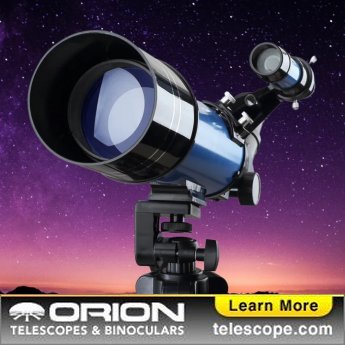Modern electronic, motorized drive systems for telescopes make it incredibly easy to find and track objects in the night sky. Motorized drives are standard on many telescopes today or can be purchased separately and installed on any type of telescope mount today - equatorial, altazimuth and even Dobsionian mounts. Computer drive systems also come equipped with a handheld keypad controller with built-in astronomical database. Once properly installed, pointing your telescope is as easy as punching in the object you want to view on the keypad.
There are two basic types of motor drive systems for telescopes: single-axis and dual-axis. For all drives, see Celestron, Meade, and Orion telescopes drives and controllers.
Single-Axis Telescope Motor Drives
A single-axis drive consists of a single motor and driver that attaches to the right-ascension (east-west) axis of a telescope mount. It provides basic star tracking and usually higher speed settings for moving (slewing) the telescope. For casual astronomy observing, a single-axis telescope drive is usually sufficient.
Dual-Axis Telescope Motor Drives
A dual-axis telescope drive consists of two motors and driver that attaches to both axes of a telescope mount (both declination and right ascension). It provides basic star tracking as well as precise control of the telescope's position in any direction. A dual-axis drive system comes in useful at higher telescope magnifications and is considered essential for deep-sky astrophotography, which requires long exposure times.
GoTo Telescope Drives
GoTo drives are extremely popular today are found on many Meade and Celestron telescopes. A GOTO drive consists of a dual-axis drive and a set of Digital Setting Circles (DSC). GoTo drives also are available with a GPS (Global Positioning Satellite) system to make it a truly a hands-free setup. With a GoTo drive, you simply center the telescope on two different stars so that the system knows your location. All GoTo systems come with an extensive internal database of celestial objects.

